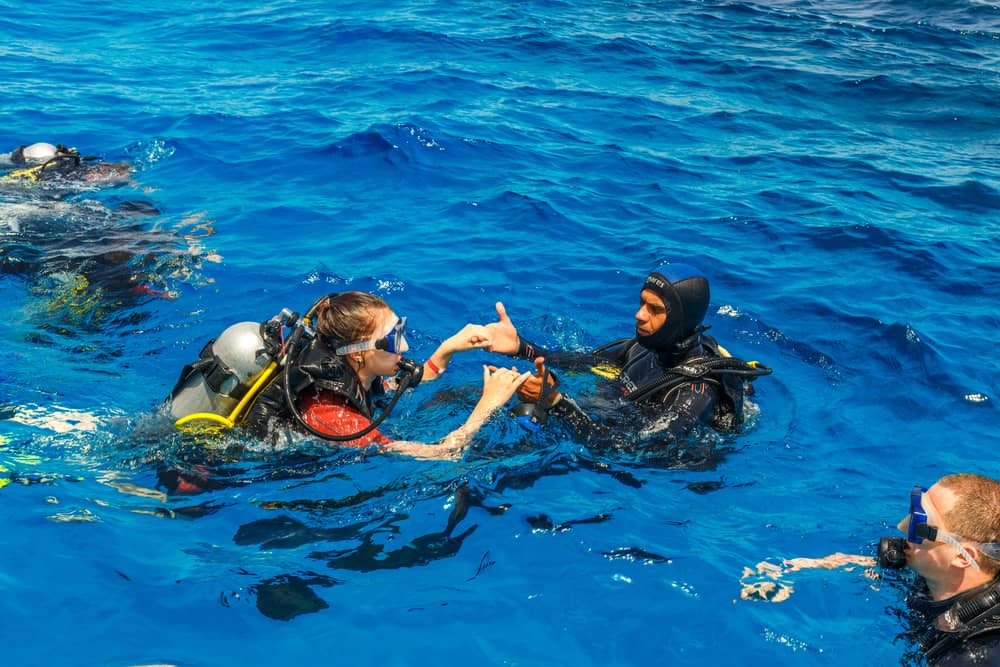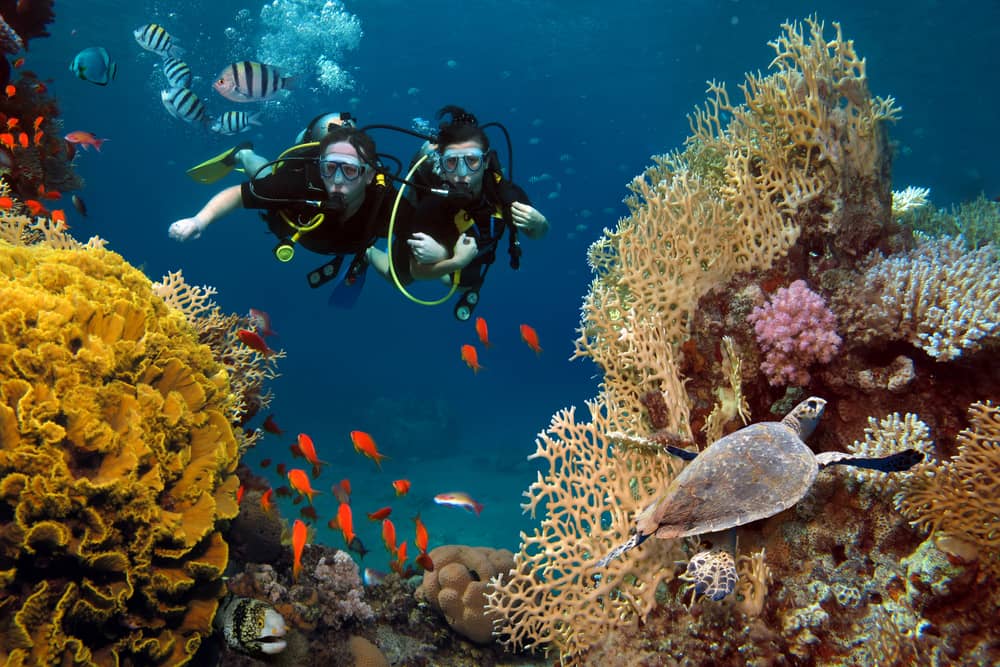Expert advice on attempting the sport, credentials, and where to obtain them
You’re about as near to being an astronaut as the average person will ever get. Leaving Earth behind and venturing into the unknown. After learning the basics, scuba diving is a safe, fun, and unique activity.
Trying out Scuba for the first time
Whether you like diving on vacation to witness colorful life and groups of fish, try scuba diving to determine if you should enhance your water activity. Dive companies provide brief “Discover Scuba Diving” courses in the ocean to teach the basics and give you a taste of scuba diving. If you love that, you can then sign up to start your first course; the one you need to be a qualified diver is your Open Water Course.
Even in landlocked places, local pools provide scuba diving instruction, so learning to dive on vacation doesn’t need to travel far. PADI’s online list of U.S. dive locations and shops will help you choose a course and decide if you want to learn at home or abroad.
To complete your training and avoid wasting time in a classroom, choose scuba training in a local area. This will allow you to dive while on vacation. Most scuba certification programs need 8–15 hours of online academics before diving (more on that below). Scuba diving is safe, socially remote, and can be done anywhere with proper instruction.
Also Read: Should I Take a Scuba Refresher Course?
How to Get Scuba Certified
No reputable dive shop or diving tour operator would sell equipment or services to someone without a C-card, a little plastic card certifying certification. Training possibilities are plentiful. PADI, NAUI, and Scuba Schools International manage the top three international certification programs (SSI).
Programs can last from a few days to a few months and cost $200–600, but they often include these elements: Initial “book learning” covering essential skills and safety principles (in a classroom setting or through PADI’s e-learning portal); “confined water” training in a pool or other enclosed body of water to become familiar with the equipment (privately or in a group); and four “open water” dives (between 15 and 60 feet deep) to put those learnings into practice.
Is it secure?
A Divers Alert Network study shows that significant dive accidents are infrequent. Learning to react and being aware of your body, equipment, and surroundings are crucial to certification.
“There’s always some element of risk because none of us can hold our breath forever and we can’t breathe [under] water, but we can learn to handle those risks safely,” says James Morgan, vice president of PADI’s Training, Sales & Field Services. “During the certification training, we discuss hazards and how to manage them. We practice safety.”
Newbies also fear sharks, perhaps due to movies and TV. Marine researchers wrote an open letter to Columbia Pictures to correct shark mischaracterization before The Shallows’ 2016 release. As long as you don’t assault or take their food, wild sharks don’t care about people.
Beginner-friendly dive sites
Once you’ve mastered diving, you can finally get up and personal with reefs, shipwrecks, and marine life. The Florida Keys, home to the most significant barrier reef in the United States, are a popular destination for novice divers. Travel-worthy scuba diving may be had outside the tropics in the form of beginner-friendly subterranean “dive trails” in the states of Michigan, Washington, and Missouri.
Gili Trawangan, one of Indonesia’s Gili islands, has several shipwrecks less than 60 feet deep and a sea turtle sanctuary where divers may discover the giant animals breeding amid the coral.
The gear
As certification programs and dive shops include air tanks, fins, and regulators, beginners should buy a good scuba mask. For fog-free goggles, consider cleaning your lenses in baby shampoo before diving. If you plan on doing any wintertime or cool water dives, consider a wetsuit that fits like a glove.
Beginning divers may rent equipment from their dive center. However, it’s always great to have your well-fitted mask, and you may also want to look into a wetsuit, especially if you are female, as it can be harder to find a wetsuit off-the-rack that will fit straight away.
Why it’s better than ever
Scuba diving is safe and socially distant. We believe the coronavirus epidemic limited where many divers could go, but with travel restrictions lifted, the sport remains unaltered and is a better way than ever to explore fast-fading coral reefs and underwater museums. The epidemic taught us that such sites might be closed suddenly.
Take Away!
Here is where your open water scuba diver certification journey begins. The open water diver course from Adventure Scuba, LLC provides divers with all the information they need, teaches them in an indoor heated dive pool first, and gives them practice open water dives in ideal circumstances. Aspiring scuba divers can become PADI Open Water Divers by completing an introductory course in open water scuba diving. With a PADI Open Water Diver certification, you can dive up to a depth of 60 feet without the guidance of an instructor or diving guide and with other qualified divers.



